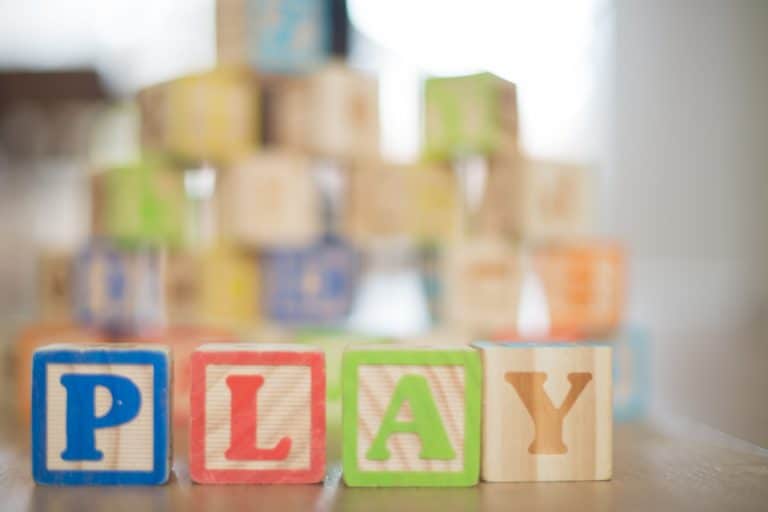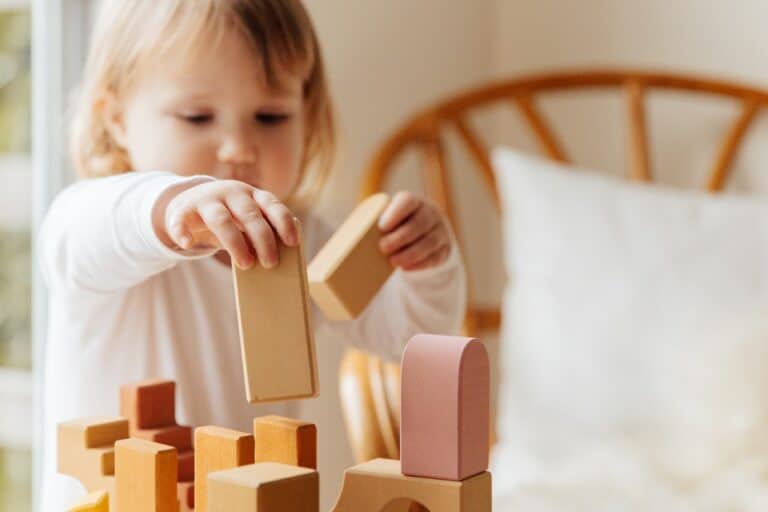Are you looking for ways to help your child learn phonics? Phonics is one of the most important building blocks for literacy. Teaching phonics to kids can be a daunting task, but with the right tools and resources, it can be a breeze. This blog post will outline some ways to teach phonics. So read on for all the info you need to get started!
Teaching phonics to kids can be a fun and rewarding experience. Phonics is a great way to help children learn to read, and it can also be used to help them improve their spelling skills. Some short vowel sounds the same (like the ‘a’ in the car and the ‘e’ in bed) but other vowels have different sounds (like the ‘o’ in hot and the ‘u’ in the hut). Longer words are made up of a combination of these sounds, so when children are taught to read them they can understand how the word is pronounced.
Generally, simple words are made up of one syllable (like ‘cat’ or ‘dog’), while longer words are made up of two or more syllables (like ‘elephant’ or ‘butterfly’). To help children understand how to read longer words, they need to be able to break the word down into its individual sounds, or phonemes. In this blog post, we will tell you how to teach phonics to kids by using simple ways. So scroll down to find more!!
What is Phonics?
Phonics is a way of teaching children to read by breaking down words into their individual sounds, or phonemes. Once they have learned the sound of each letter, they can start to put them together to make words. Phonics is usually taught alongside other methods, such as whole-word recognition or sight words. On the other hand, the sight words method means children learn to recognize whole words by sight, rather than sounding them out.
Moreover, phonics knowledge helps children to understand that letters have different sounds, and these sounds can be combined to form words. It also helps them to understand how different written letters can make the same sound, and how to spell words correctly.
7 Ways of teaching phonics effectively
Though teaching phonics to kids can be tricky, there are some tried and tested ways of making it more effective. Playing rhyming word games with your child, teaching them letter-sound correspondences, and having them read aloud regularly can help embed the learning and make it more fun. Here are seven ways to increase your child’s phonics skills:
By Boost comprehension
When kids know more about the story, characters, or plot, they are better able to understand what they read. This also helps them notice words that they might otherwise gloss over. Explain the context before reading, make predictions together and ask questions afterward to help your child engage with the text on a deeper level.
Keep it easy and fun
For spreading phonics awareness, make use of every opportunity to have some fun with words. Teach your kid new words during conversations, read nursery rhymes and poems together, play games, and make up silly sentences. The more exposure to the language your child has, the better they will be at understanding and using it themselves.
Use letter-sound correspondences
One of the best ways to teach phonics is by using letter-sound correspondences. This means teaching your child the relationship between letters and the sounds they make. Start with simple one-to-one correspondences, such as ‘b’ making the ‘b’ sound, and move on to more complex patterns like ‘ch’ making the ‘ch’ sound.
Chunk it up
When kids see a long word, they might be tempted to guess at its pronunciation based on the first letter or two. But this strategy can often lead to errors and frustration. “Chunking” words into smaller pieces can help kids sound out words more accurately. For example, when reading the word “basketball,” your child could break it down into “basket” and “ball.”
Get with the teacher
If your child is having difficulty with phonics, talk to their teacher. They can give you specific advice on what your child should be working on and how you can help at home. Often, just a little extra practice can make all the difference. With the phonics worksheets and the first letter of spoken words, the teacher will have some great ideas to help your child succeed.
Try different approaches
There is no one right way to teach phonics. Some kids learn best by seeing the letter and its corresponding sound, while others need to hear the sound first. Some children might benefit fromhands-on activities, while others might prefer more traditional methods. Keep trying different approaches until you find one that works best for your child.
Make it part of daily life
Phonics should be a part of your child’s everyday routine, not something they only do for a few minutes each day. Read aloud together, play phonics games, and look for opportunities to practice everywhere you go. The more chances your child has to use phonics, the better they will become at reading. With a little patience and creativity, you can help your child develop strong phonics skills that will last a lifetime.
At what stage children learn phonics games?
Different children learn phonics games at different stages, but typically, children learn to read beginning with the letter sounds. They then put those sounds together to form words. After they become comfortable with reading individual words, they begin to read sentences.
Phonics games are a great way for children to learn how to read. Some games involve sounding out words, while others involve matching letters or pictures of objects with the sounds those letters make. Whatever game is played, it is important that it is fun and that the child feels like he or she is making progress.
Is phonics the only way to teach reading?
No, phonics is not the only way of teaching children about reading. There are a variety of ways to teach reading, and each has its own benefits. Phonics can be a helpful tool for teaching young children how to read, but it is not the only method out there. Other approaches, such as whole language instruction, can also be effective in teaching reading skills. Ultimately, what is most important is finding a method that works best for your child and giving them the individualized attention they need to succeed.
Why do children struggle with phonics?
A lot of children struggle with phonics because it’s a new skill that they’re learning. Phonics is the process of associating letters with sounds, and it can be difficult for children to master this skill.
In addition, some children may struggle with phonics because they have difficulty hearing the same sound that makes up words. This can be due to a number of factors, such as hearing loss or a speech impediment.
Children who struggle with phonics may benefit from extra instruction and practice in this area. With help and practice, most children can learn to read using phonics.
Do consonant blends are good to teach?
There is no definitive answer to this question. Some people believe that teaching consonant blends are a good way to help students improve their reading skills, while others argue that it can be more confusing for students than helpful. Ultimately, it depends on the student and what works best for them. Some students may benefit from learning about consonant blends, while others may find it more difficult to learn and remember these new sounds. It’s important to listen to your students and figure out what approach will work best for them.
The Conclusion
Therefore, teaching phonics is an important step in helping kids learn to read. There are a variety of methods that can be used to teach phonics, and the best approach depends on the child’s needs. By using a combination of techniques, parents can help their children become successful readers. Although phonics teaching methods may vary, some essential components should be included in a comprehensive reading program. We hope the above article provides some helpful tips on how to teach phonics to kids. If you think we’ve missed anything, please feel free to share your thoughts in the comments section below.










![Home Renovation Guide [2025]](/app/uploads/2021/04/design-hacks-1-378x300.jpg)
